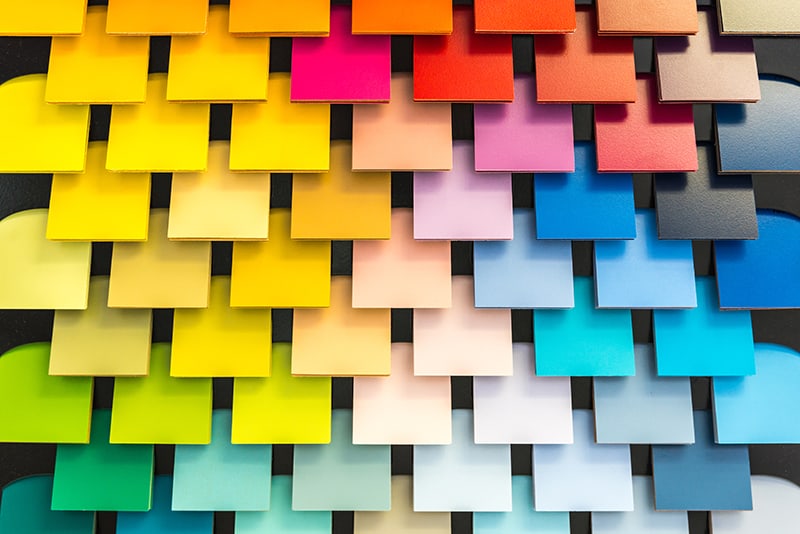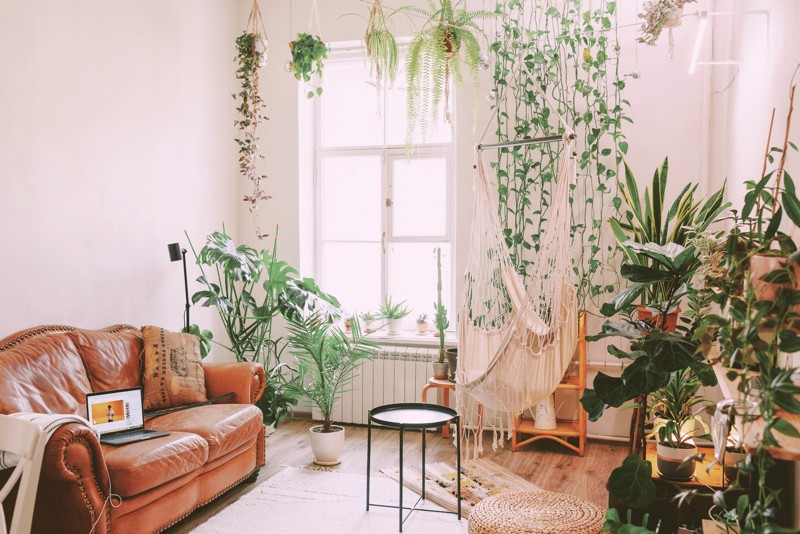We are all aware of how color may influence our emotions. But did you know that your mood can also be affected by the colors in your house? According to studies, various colors can influence our emotions in either a good or bad way. Therefore, it’s crucial to choose the proper color choices if you want to establish a particular ambiance in your home.
Of course, simply repainting the walls does not guarantee that you will no longer need assignment help or aid with your psychology homework, but just as colors in your learning environment can influence mood, so can they improve your ability to retain information and concentrate.
In this article, we’ll examine how color psychology may be used to improve the ambiance in your house and how certain colors can influence your mood.

The impact of color on our mood
Our moods can be significantly affected by colors. When it comes to the colors of our homes, this can be especially true as different colors can trigger various feelings. Our moods can be affected throughout the day by the colors in our rooms, which can change how we feel when we’re in them.
Naturally, everyone’s reactions to colors vary, so it’s vital to keep this in mind. In a room decorated in purple, one educator may be more inspired to give students interesting and engaging homework assignments, while another may find a room painted in blue, or orange more inspiring. Furthermore, the influence of color on mood may affect some people more than others.
However, most of us are aware that certain colors frequently elicit specific emotions. When deciding which color to use in a room of your home, consider choosing a color that evokes the feeling you want to induce there.
The most popular room colors and the moods they can evoke are described in the following general features. When deciding on a color for a room (or a piece of furniture) in your house, bear these in mind. Even more than one color can be used in a room while maintaining harmony.
Red
Red is a strong color that has a number of mood-altering effects. Red might be a fantastic choice if you want to create a passionate or energizing mood. Use red sparingly, though, as too much of it can be overpowering and even distressing. On the other hand, you might want to completely avoid red if you’re trying to create a tranquil or pleasant setting. In the end, it’s crucial to think about the mood you want to evoke in your area and make color selections that reflect that.
Blue
When it comes to room color psychology, blue is one of the most preferred colors. This is so because the color blue has a relaxing impact on the body and mind, making it perfect for bedrooms and other spaces where people may unwind. Blue is a fantastic color for businesses and classrooms because it is also believed to improve memory and focus. Blue is the ideal color to use if you want to create a calm and soothing atmosphere.
Yellow
It has been demonstrated that yellow has an uplifting effect on emotions and mood. Participants in a study who were exposed to yellow described feeling happier and more upbeat than those who were not. It has also been demonstrated that yellow helps people focus and be more motivated. In another study, students who were exposed to yellow before an exam did better than those who weren’t. Yellow is a fantastic color for an office or study space since it boosts mood and alertness.
Green
Green is a tranquil and restful color that complements blue effectively in bedrooms and study spaces. Green can lower stress and anxiety levels while also improving memory. Green is also fantastic for enhancing one’s connection to nature, which can be especially beneficial for city people. Green is a fantastic color for bedrooms and living spaces because of all the advantages it has for mental health.

Orange
Orange is a cheerful color that is frequently linked to good feelings like joy and zeal. Because of this, it’s a fantastic option for a room color if you want to create a cheerful, friendly atmosphere. Orange is said to increase hunger, making it a wonderful choice for a kitchen or dining area. However, orange can become overwhelming if used in excess because it is such a vivid color. Instead of painting the whole room orange, it’s better to use orange as an accent color.
Purple
Purple is frequently connected to aristocracy, elegance, and money. In addition, studies have demonstrated that it has a relaxing effect on the body and mind, making it a fantastic choice for a room color. Purple is a fantastic choice for a home office or a child’s bedroom because studies have proven that it fosters creativity and imagination. Additionally, it’s a great color for encouraging rest and sleep.
Brown
Brown is frequently said to convey thoughts of security, dependability, and comfort. Brown can also be thought of as a calming color that promotes harmony and order. Brown is a very hospitable color when used in the correct environment. Be cautious, though, as too much brown might bring heaviness and melancholy. A dining room or library look fantastic painted in brown. Brown can be a fantastic color choice for a room’s rustic or country-style vibe.
Black
Black is frequently associated with strength, power, and authority. It could make you feel refined and elegant, but it might also make you feel downcast or unhappy. Black may be an efficient method to ground a space and evoke a sense of refinement. Use black sparingly, though, as too much can make a room appear gloomy and dreary.
Gray
Gray is frequently thought of being a lifeless color. But did you know that gray may be really tranquil and soothing? This is due to the fact that gray is a pretty neutral color that doesn’t seem to arouse any strong feelings. If you want to create a calm environment in your house, this can be useful.
However, be careful because too much gray can make everything seem impersonal and cold. Therefore, it’s crucial to employ gray sparingly. To add some interest, try combining it with some lighter colors. Alternatively, utilize various grayscale colors to get a gradient effect. Gray can be a terrific way to create an atmosphere in your home with a little imagination.
White
White is frequently linked to simplicity, cleanliness, and purity. In the field of color psychology, white is frequently thought of as a soothing and revitalizing color. White is frequently utilized in hospital settings to encourage emotions of safety and serenity because it helps foster a sense of order and harmony. White can be used in design to evoke a sense of openness and space. White, however, can feel cold and uninviting when applied excessively.
Additionally, it can be overpowering and cold.
Although scientists and academics continue to disagree on the psychological impacts of color, there is enough proof to conclude that color does have an impact on our moods, emotions, and behavior. We may use what we know about color psychology to design surroundings that are more supportive of the moods and activities we want to engage in, even though more research is needed to pinpoint the precise impacts of certain colors. The choice of colors for your house or workplace is ultimately a personal one, but it’s always useful to understand the reasoning behind your color choices!
